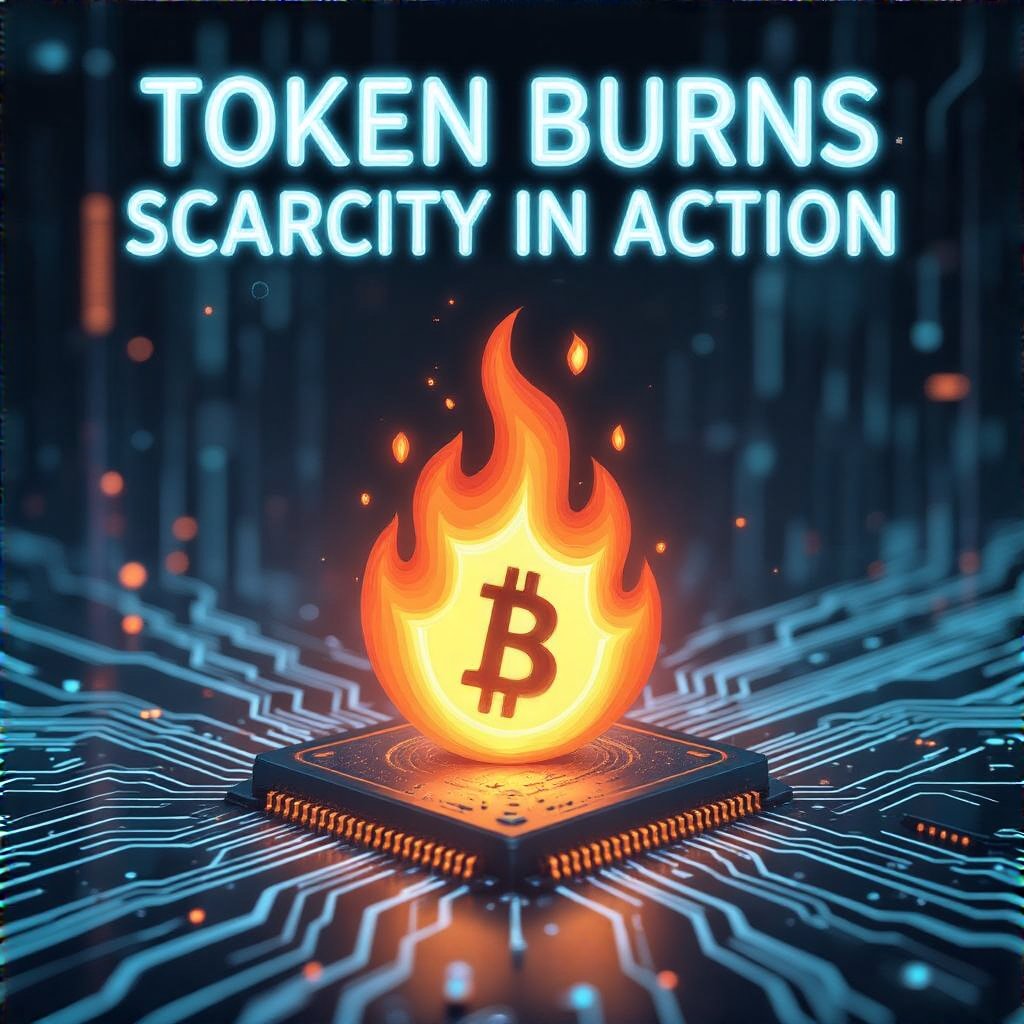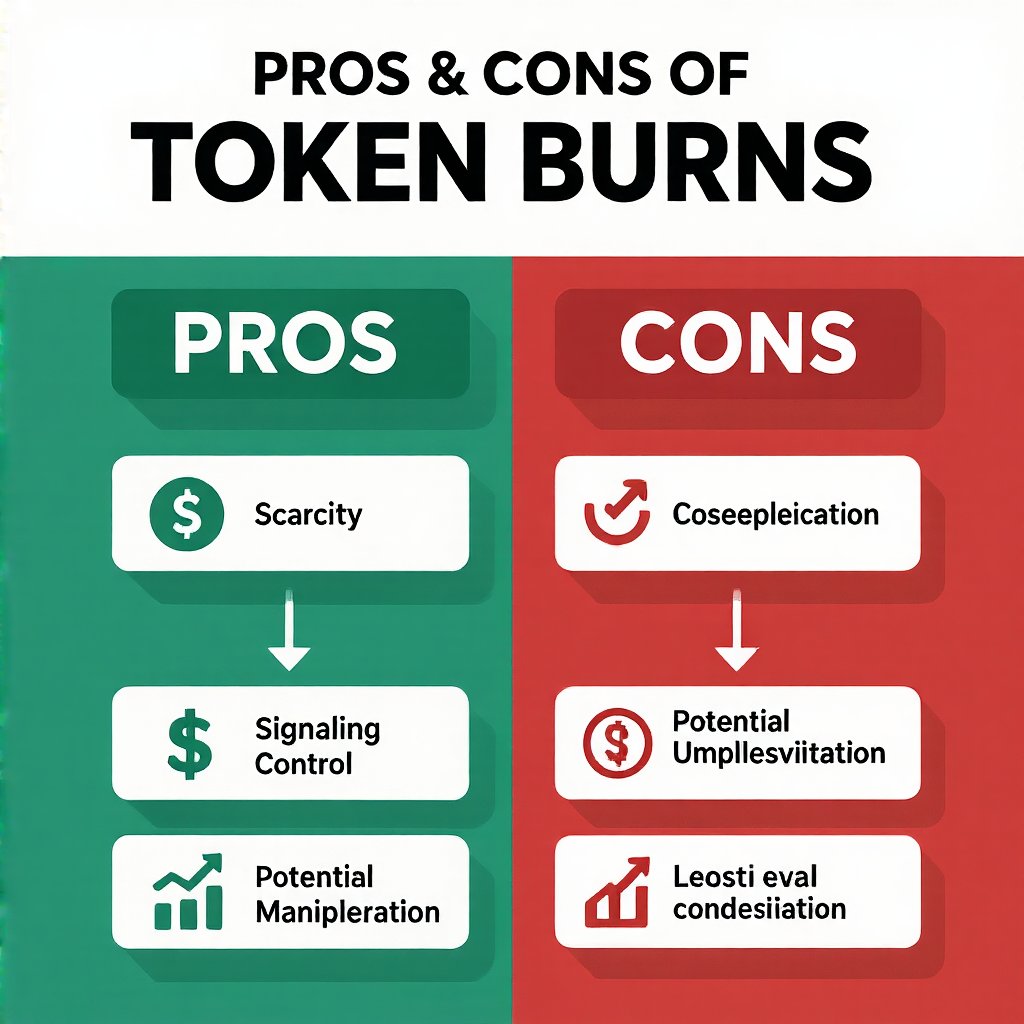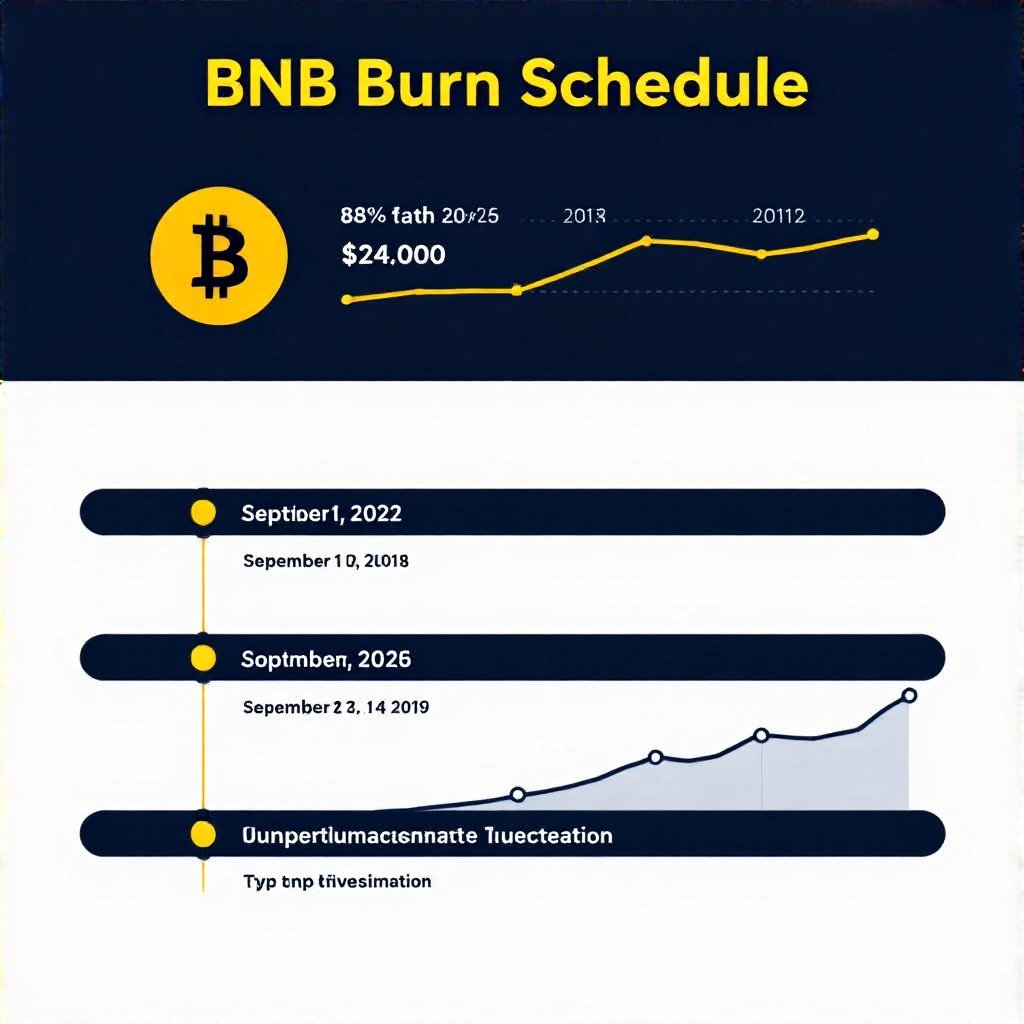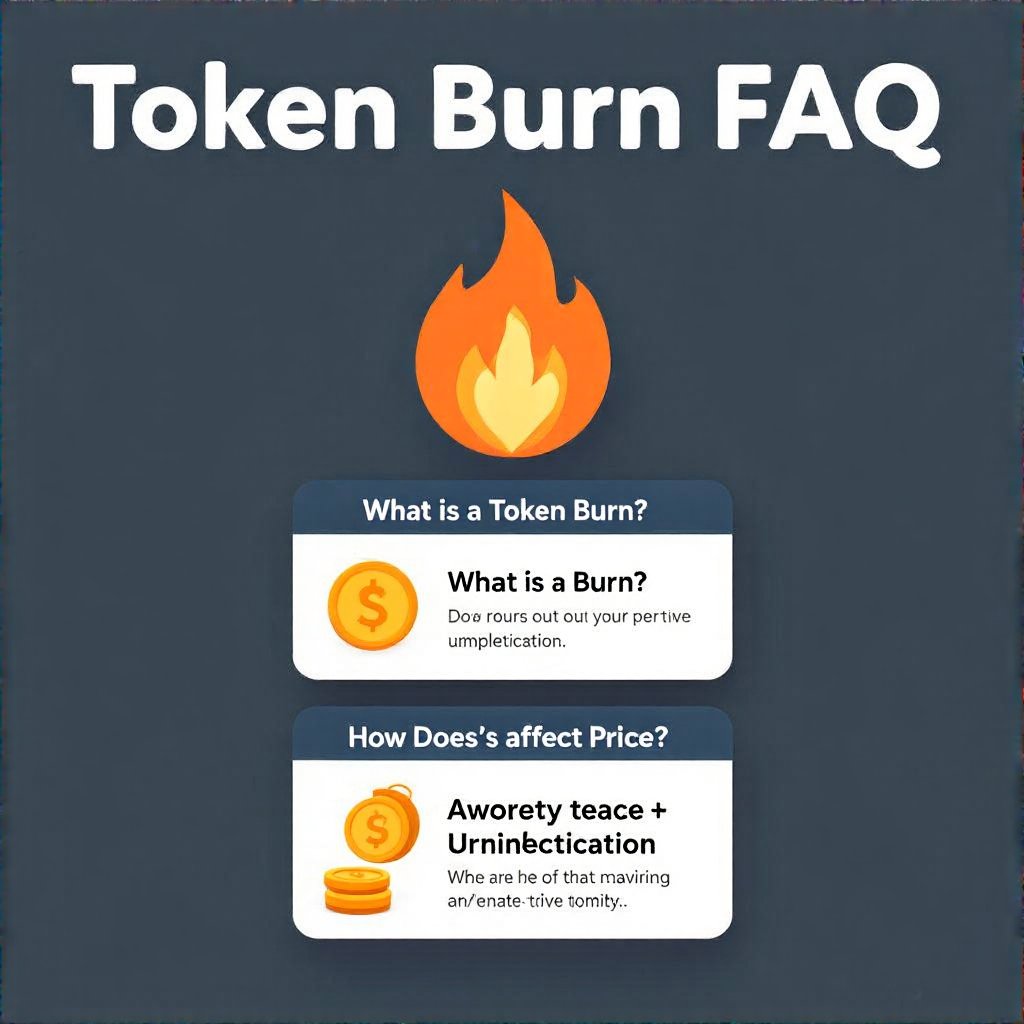Understanding Token Burns: Reducing Supply and Managing Inflation

In crypto markets, token burns are a visible judgment of a project's long-term commitment to value. By permanently removing tokens, projects create real-time signals about scarcity and governance. This guide expands on the basics, examining mechanisms, real-world impact, risks, and best practices for evaluating burn programs.
- What are token burner mechanisms?
- Why do projects burn tokens?
- How token burns work in practice
- Effects on supply, price, and market perception
- Case studies and real-world examples
- Risks, limitations, and best practices
- FAQs
What are token burner mechanisms?
Burn mechanisms permanently move tokens to an unspendable address or burn wallet, reducing total supply. They can be scheduled (periodic burns) or event-driven (triggered by milestones), and are typically implemented in smart contracts. Some projects opt for small, frequent burns, others for larger, milestone-based reductions that align with growth metrics. The verifiability of burns—on-chain receipts and publishable audit trails—helps maintain trust in the process.

Why do projects burn tokens?
Burns are used to combat inflation, signal long-term commitment, and create scarcity. A deflationary narrative can attract holders who expect appreciation as supply tightens. In practice, investors should evaluate whether the burn is genuine and transparent. For governance-minded readers, see our discussion of DAO governance in DeFi to understand how burn programs fit into broader decision-making. For due diligence on transparency, consult our guide on transparency practices. Some models also reference profit-sharing concepts like Div0 and profit sharing, to align incentives with holders. When addressing real-world assets or broader tokenomics, readers may also explore tokenized RWAs for context.
How token burns work in practice
Most burns involve sending tokens to a verifiably unspendable address, after which the network’s public ledger confirms the reduced circulating supply. Some projects favor automatic burn curves tied to on-chain metrics (transactions, fees, or treasury balances), while others schedule quarterly or event-based burns. External observers often cite trustworthy burn schedules as a signal of discipline; for example, CoinDesk discusses how deflationary signals can influence market perception (CoinDesk). As with any mechanic, the true impact depends on demand, utility, and broader market sentiment.
Practical considerations include liquidity depth, burn frequency, and the alignment of burns with project milestones. Some teams ensure burns are auditable and publicly announced, while others rely on on-chain triggers that reduce discretion and enhance accountability.

Effects on supply, price, and market perception
Reducing supply can create scarcity, potentially supporting price if demand remains steady. Yet token burns do not guarantee price appreciation; external factors such as regulatory moves, competing narratives, and macro cycles still control outcomes. Pros include greater holder confidence and a clear inflation-control mechanism, while Cons include the risk of superficial burns that do not affect liquidity meaningfully. Investors must scrutinize burn magnitude, cadence, and the overall tokenomics framework—are burns complemented by real use cases and growth in on-chain demand?
Case studies and real-world examples
BNB’s quarterly burn program illustrates a disciplined, transparent approach to supply management. By publishing burn schedules and tracking circulating supply reductions, Binance reinforces trust and aligns incentives with long-term holders. Such case studies highlight how a well-communicated burn cadence can complement product milestones and user growth. Readers can compare these dynamics against other models in our accompanying visuals (see the BNB burn timeline in the graphic above).

Risks, limitations, and best practices
Not all burns yield meaningful value. Superficial or delayed burns, market fatigue, or burns that outpace demand can dull impact. Regulators may scrutinize burn rhetoric if it appears to manipulate perception without substance. Best practices include publishing verifiable burn data, aligning burns with solid tokenomics, and embedding burns in governance processes so holders can participate in decisions about cadence and scale.
FAQs
What is a token burn? A deliberate act to permanently remove tokens from circulation by sending them to an unspendable address or burning wallet.
Do burns always raise token price? Not necessarily. Price depends on demand, use, and market conditions; burns can help by increasing scarcity but are not a guaranteed lever.
How can I verify a burn? Review on-chain transactions, burn-address activity, and audit reports; prefer programs with transparent schedules and regular disclosures.
Should I rely on burns alone to judge a project? No. Burns are one piece of tokenomics. Consider governance, utility, transparency, and overall growth metrics as part of due diligence.
